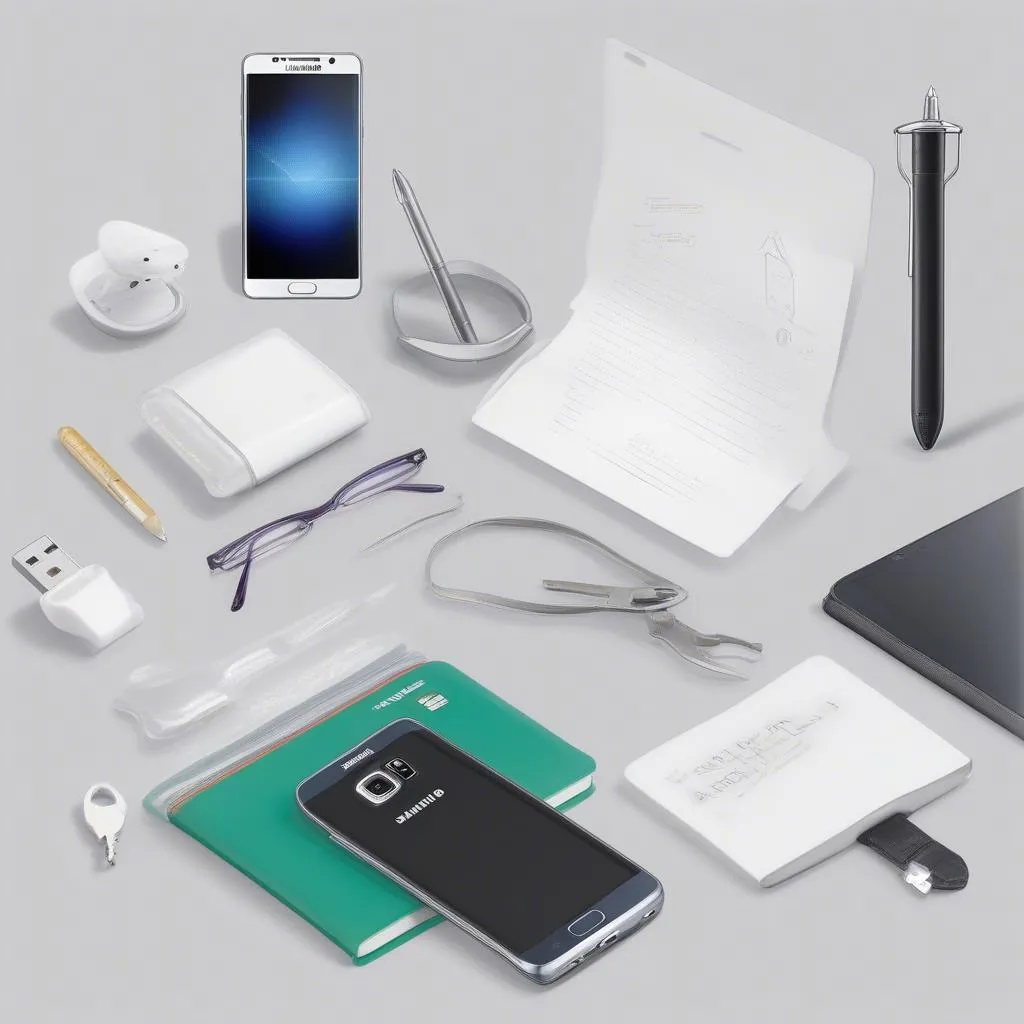A dead car battery is a frustrating experience, especially if there are no apparent reasons for the drain. If you’ve ever left your car parked for a few days only to return to a dead battery, you’ve likely encountered parasitic battery drain. This occurs when components in your vehicle continue to draw power from the battery even when the engine is off, slowly draining its charge over time.
This comprehensive guide delves into the intricacies of parasitic battery drain, equipping you with the knowledge and tools to diagnose and resolve this common automotive issue.
What Causes Parasitic Battery Drain?
Understanding the root causes of parasitic draw is the first step toward effective diagnosis. While a small amount of drain is normal to keep essential systems like the clock and security system operational, excessive drain points to a fault.
Common culprits include:
- Faulty Alternator: A malfunctioning alternator, responsible for recharging the battery while driving, can lead to an undercharged battery, mimicking parasitic draw symptoms.
- Bad Battery: An aging or damaged battery might struggle to hold a charge, leading to quick depletion even with minimal drain.
- Malfunctioning Electrical Components: Components like interior lights, glove box lights, faulty relays, and aftermarket accessories wired incorrectly can constantly draw power, draining the battery.
- Software Issues: In modern vehicles, software glitches or outdated modules can cause modules to stay awake longer than intended, leading to parasitic drain.
Identifying a Parasitic Battery Drain
The first sign is often a dead battery that seems to occur without warning. However, other symptoms can manifest:
- Slow Cranking: When starting your car, you notice the engine cranks slower than usual.
- Dimming Lights: Headlights or interior lights appear dimmer than usual, especially when starting the car.
- Warning Lights: The battery or charging system warning light on your dashboard might illuminate.
Diagnosing Parasitic Battery Drain
Diagnosing a parasitic drain requires a systematic approach. Here’s a step-by-step guide:
-
Gather Your Tools: You’ll need a multimeter (digital or analog) and potentially a test light.
-
Safety First: Disconnect the negative battery cable before proceeding to prevent any electrical shorts.
-
Measure the Current Draw: Set your multimeter to the DC amps setting. Connect the red probe to the negative battery terminal and the black probe to the disconnected negative battery cable. Observe the reading.
-
Acceptable Drain: A healthy system should have a draw of less than 50 milliamps (0.05 amps). A higher reading indicates a parasitic drain.
-
Isolate the Circuit: Begin pulling fuses one at a time from the fuse box. Note any significant drop in the multimeter reading after removing a fuse, indicating the problematic circuit.
-
Component Inspection: Once you’ve identified the affected circuit, inspect the components within that circuit for faults, loose connections, or malfunctioning parts.
“It’s crucial to understand that even a seemingly insignificant draw of 100 milliamps can drain a standard car battery within a week. That’s why this testing process is so important – it helps pinpoint even the smallest of drains that could leave you stranded.” – John Miller, Automotive Electrician
-
Software Diagnosis: If the issue persists despite checking all physical components, connecting a diagnostic scanner to the vehicle’s OBD-II port might reveal software-related faults contributing to the drain.
Resolving Parasitic Battery Drain
The solution depends entirely on the source of the problem. Common fixes include:
-
Replacing Faulty Components: Replace any worn-out or damaged components identified during the diagnosis, such as a faulty alternator, failing battery, or a malfunctioning relay.
-
Repairing Wiring Issues: Address any loose connections, damaged wires, or improper grounding points found within the affected circuit.
-
Software Updates: If a software issue is detected, updating the vehicle’s software or specific modules might be necessary. Consulting a qualified mechanic with access to manufacturer software is recommended.
“While some drain issues require a professional touch, many are easily remedied with basic DIY knowledge. Knowing how to use a multimeter to check for parasitic drain empowers car owners to take control of their vehicle’s health.” – John Miller, Automotive Electrician
Preventing Future Drain Issues
Prevention is always better than cure. Here are some preventive measures:
- Regularly Inspect Your Battery: Look for any signs of corrosion, damage, or loose connections.
- Limit Aftermarket Accessories: While they offer added functionality, ensure they’re professionally installed and don’t put excessive strain on the electrical system.
- Turn Off All Accessories: Before leaving your car, double-check that all interior lights, headlights, and accessories are turned off.
Conclusion
Parasitic battery drain can be a persistent issue, but with the right knowledge and a methodical approach, you can effectively diagnose and resolve it. Remember to prioritize safety throughout the process, and if you’re uncomfortable working with electrical components, don’t hesitate to seek help from a qualified mechanic.


